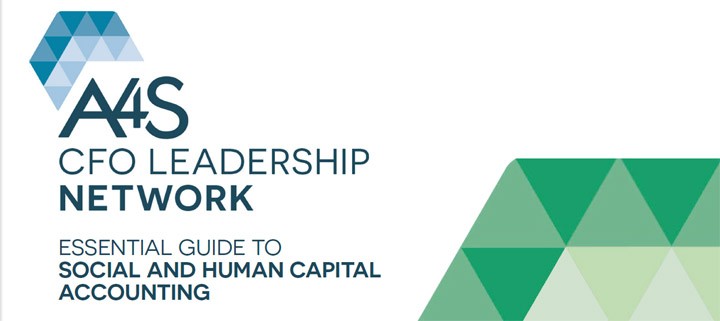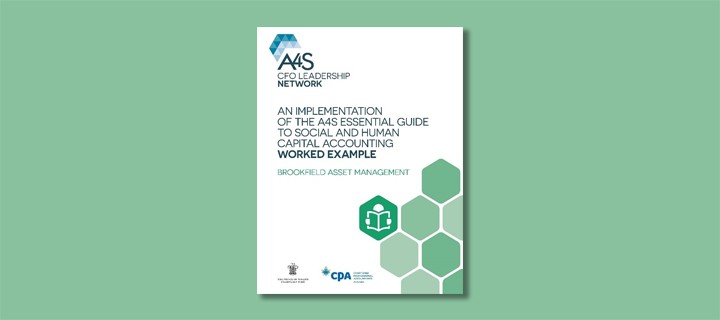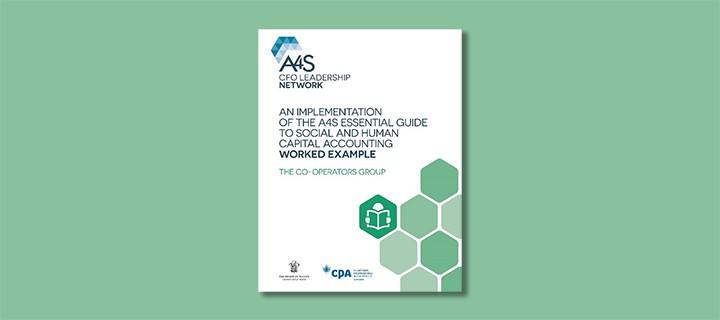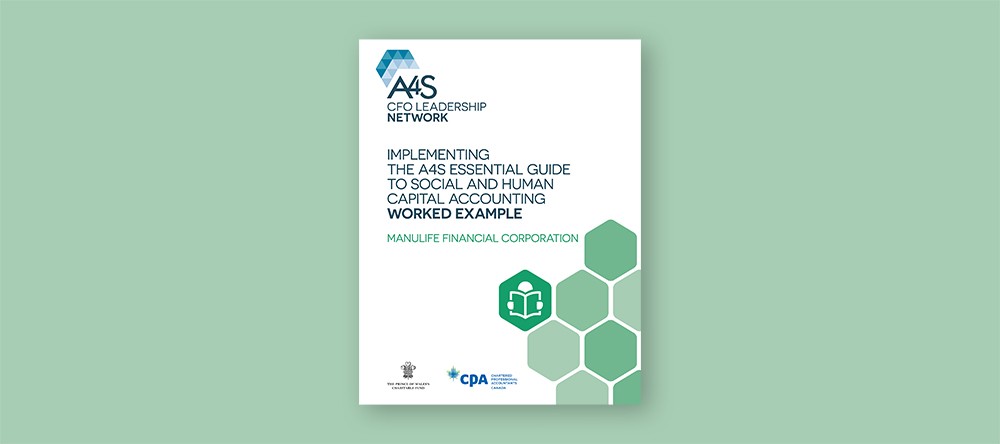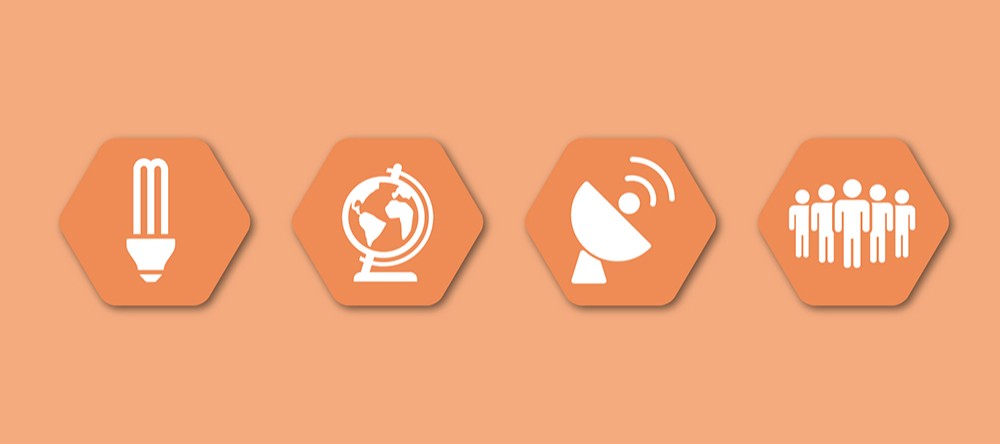Applying Social and Human Capital Accounting
Learn how you can use social and human capital accounting to strengthen business performance, enhance decision making and become better equipped for the future
BACKGROUND
The relevance of social and human capital accounting
Social and human capital accounting is about people and relationships. It captures the impact of organizations on people and society – and the impact of people and society on organizations. This covers issues as varied as staff recruitment and retention; community relations; social trends such as urbanization; and your organizational reputation.
People and relationships are major drivers of value and how well businesses can perform. Enhancing the value of social and human capital is a way for organizations to strengthen their business performance, make better decisions and ensure that they are well equipped for the future.
Investing in social and human capital
To get the most out of social and human capital you need to invest in developing it. Investing well involves understanding what these capitals mean for your organization and how to factor them into business decisions.
This is where social and human capital accounting comes in. With this approach, you can put numbers against the most significant issues for your organization so that you can more readily include them in decision making.
Finance functions can play a vital role. Financial skills in managing systems and controls, analysing data and preparing management reports are all needed to apply effectively and embed social and human capital accounting.
One of the challenges that organizations face is that the approaches for valuing social and human capital are not as well developed as those for other capitals (such as financial capital or natural capital). Our resources can give you the tools to get started.
What next
We have a range of practical resources – including guidance, tools and examples – to help you use social and human capital accounting in your business decisions.
Start with our Essential Guide to Social and Human Capital Accounting, video introduction and maturity map. These offer a clear and practical guide to how it works and the benefits, challenges and tools for using this approach.
For a comprehensive walkthrough, download worked examples from three members of the Canadian Chapter of the A4S CFO Leadership Network. These in-depth examples describe what they’ve done, including specific methods for calculating social and human capital.

